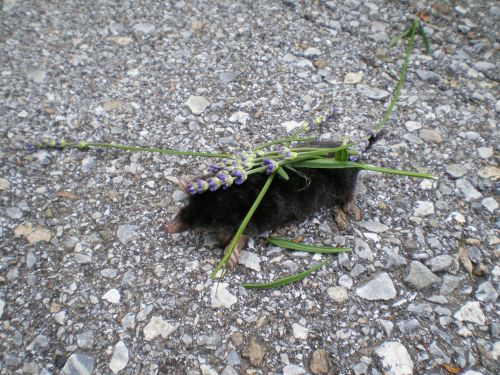Spreading My Wings

Europe is like that: go a mere two hours away in any direction and you may find yourself in an entirely different landscape and climatic zone. Head northeast from here and you end up where the Alps give way to the Pannonian steppe. Forming part of the border between Austria and Hungary, Lake Neusiedl, or Neusiedlersee, is the westernmost steppe lake and is located in a closed drainage basin. Unlike most lakes, whose waters flow into rivers that ultimately meet the ocean, it loses water only through evaporation and seepage. Most of its periphery is protected by a layer of reeds within which a rich variety of birds feel at home. The small town of Rust touts itself as the “city of storks and fine wine.” Intense sunshine and headache made me focus on the former, not the latter.

An association in Rust works to maintain adequate habitat for storks, and near the main square where the town meets the lake, benches in the shade face a protected area where you can sit and admire the birdlife. A stork taking off, flying, and landing is a sight to behold. Egrets, ducks, greylag geese, and many other birds I am not expert enough to identify go about the business of their lives here.
Before I spent two years living in Poland, I was mostly indifferent to these birds who showed up in folk tales dangling babies from their beaks. During my travels around that country, I encountered these birds in the wild, spying them flying above or strutting their way through fields, and their lanky grace and staccato clattering call delighted me. When they clatter, they often bend their heads back to touch their bodies (contortionist storks, anyone?), and like with swans, I envy their suppleness. Though their numbers have diminished because of pesticide use, loss of habitat, and encounters with electrical wiring, they don’t seem to hold it against us and choose to live side by side with humans, often nesting atop houses. They are thought to bring luck in many parts of central and eastern Europe including Austria and Germany, where they are humorously referred to as Meister Adebar. A Storchbiss, or “stork bite” is the word for a birthmark on the back of the head.

Yes, Lake Neusiedl is a fine place to be a bird, especially a migratory one. When you migrate, you depend on the wind to blow you where you want to go to conserve your strength. The wind constantly rustles and rushes through the reeds, furnishing a soothing soundscape that the still, shallow water does not. The sound reminds you that come fall you will shake your feathers and fly off to warmer climes. In the meantime, the screen of reeds hide so many attractive spots where you can hide from the gaze of stork cameras and humans, who mostly prefer not to sully their shoes tramping through the wetlands.
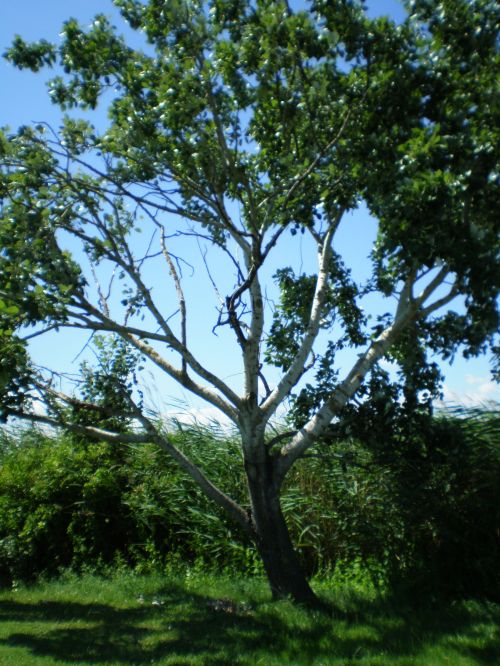
Trees play a supporting role in the landscape, and their shade is much appreciated as the sun beats down. The air is much drier and more pleasant than in Graz. Despite being underneath the final approach path to the airport in Vienna, the air at the lakeshore energizes and invites you to take a deep breath. Water, then reed belt, then vineyards as far as the eye can see – which is not too far because the foothills of the Alps lurk on the horizon to the west and north. To the south, where the storks will head in a just a few months, the eye rests on blue sky, puffy clouds, and shapeshifting dreams.

Hope you can spread your wings under a blue sky!



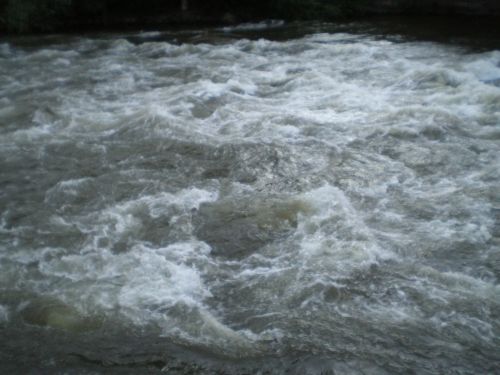


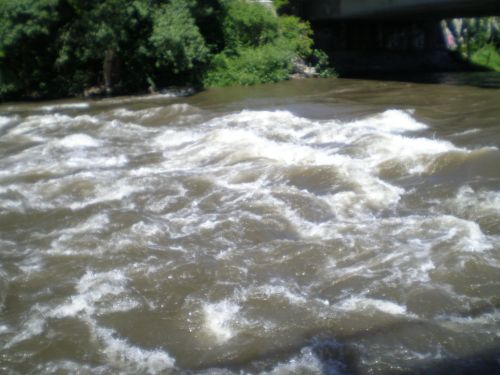



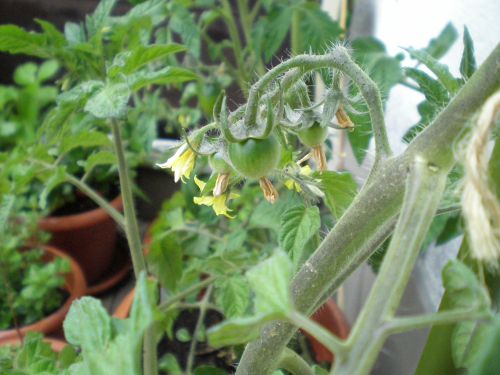



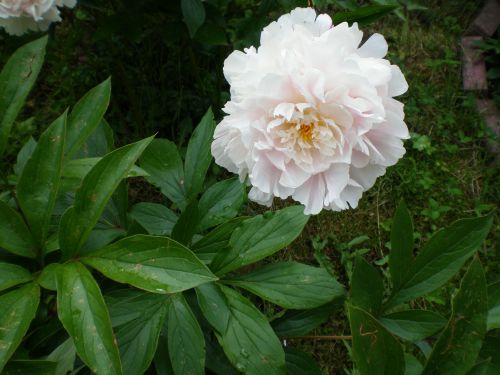 Yesterday I
Yesterday I 